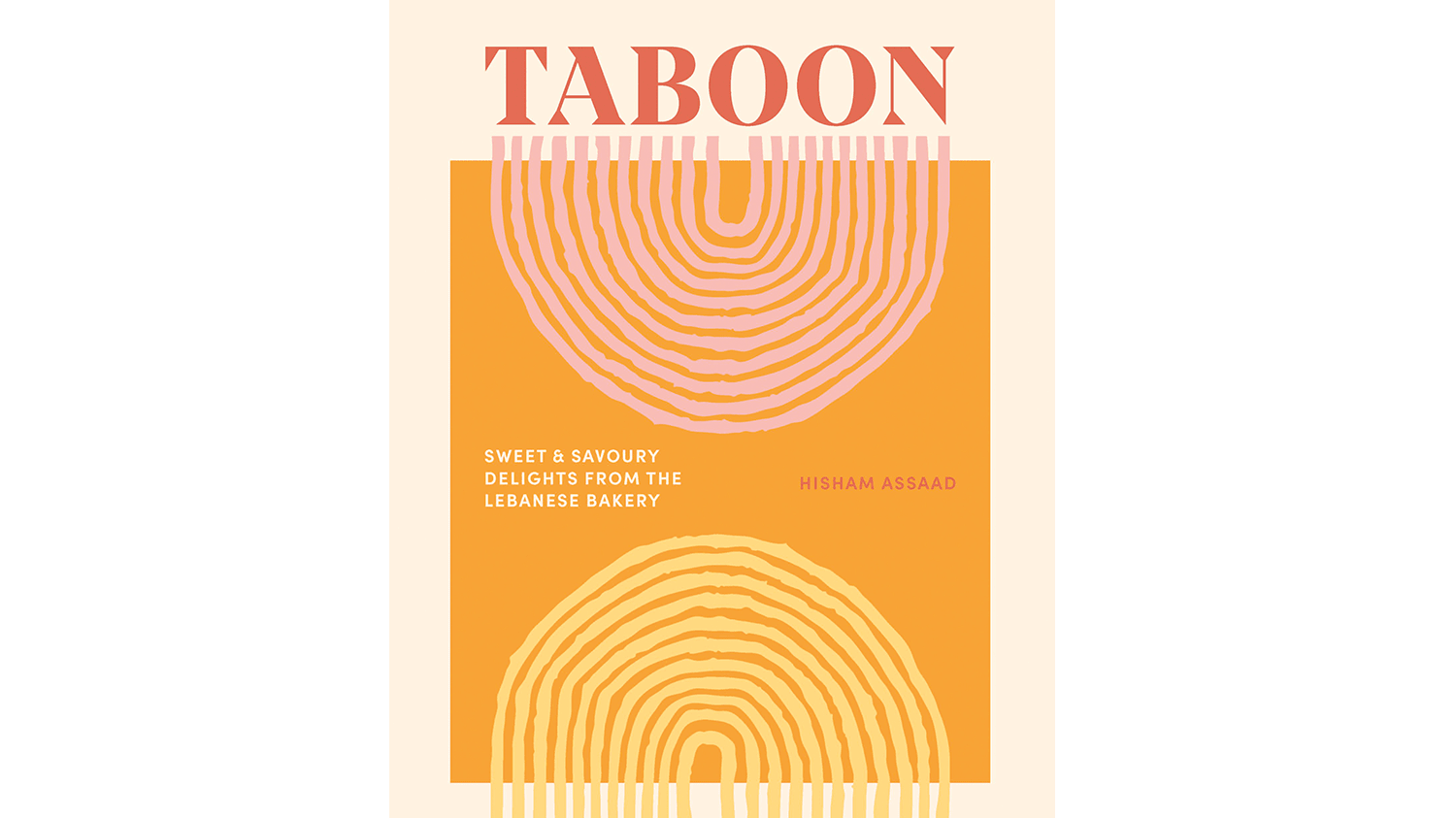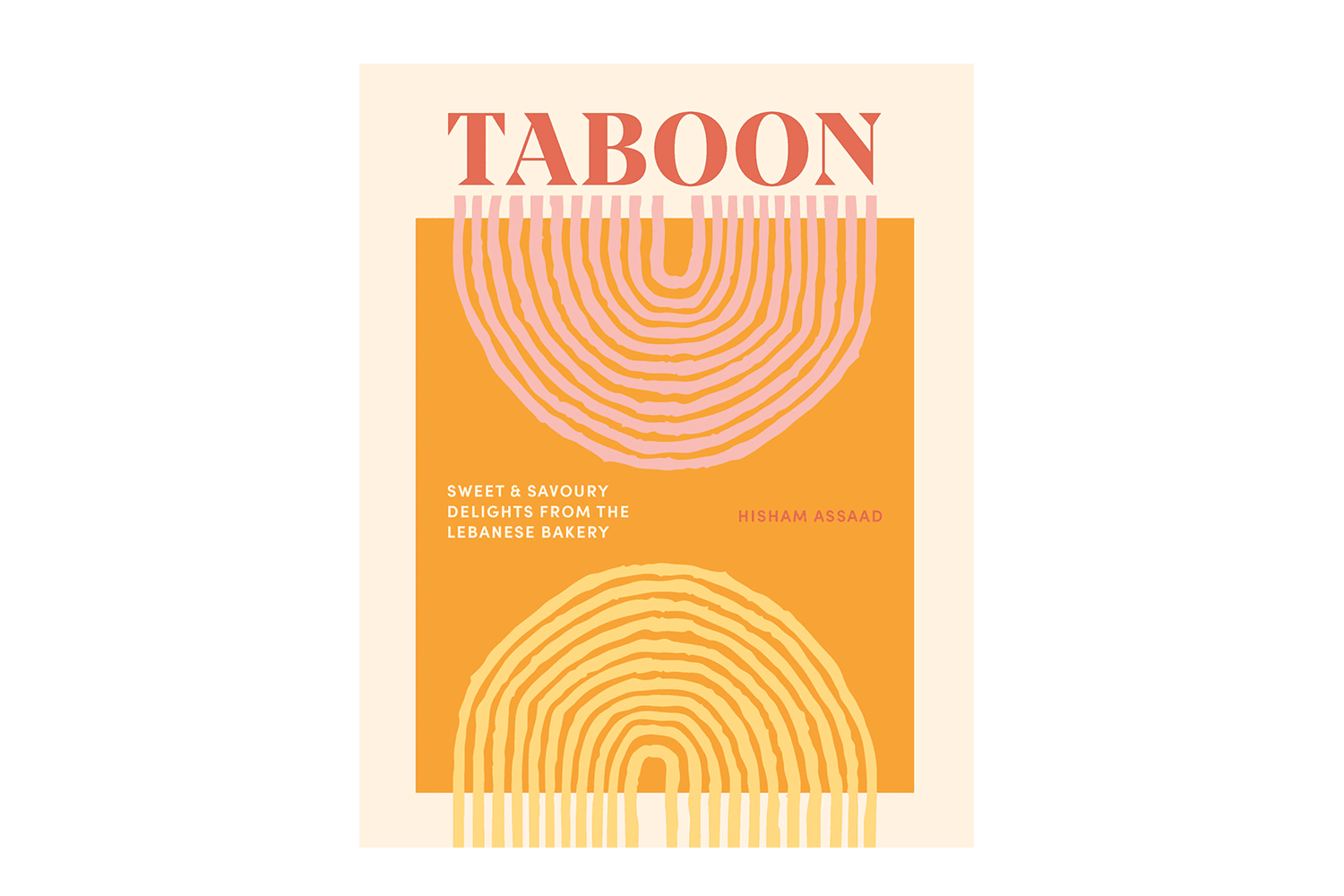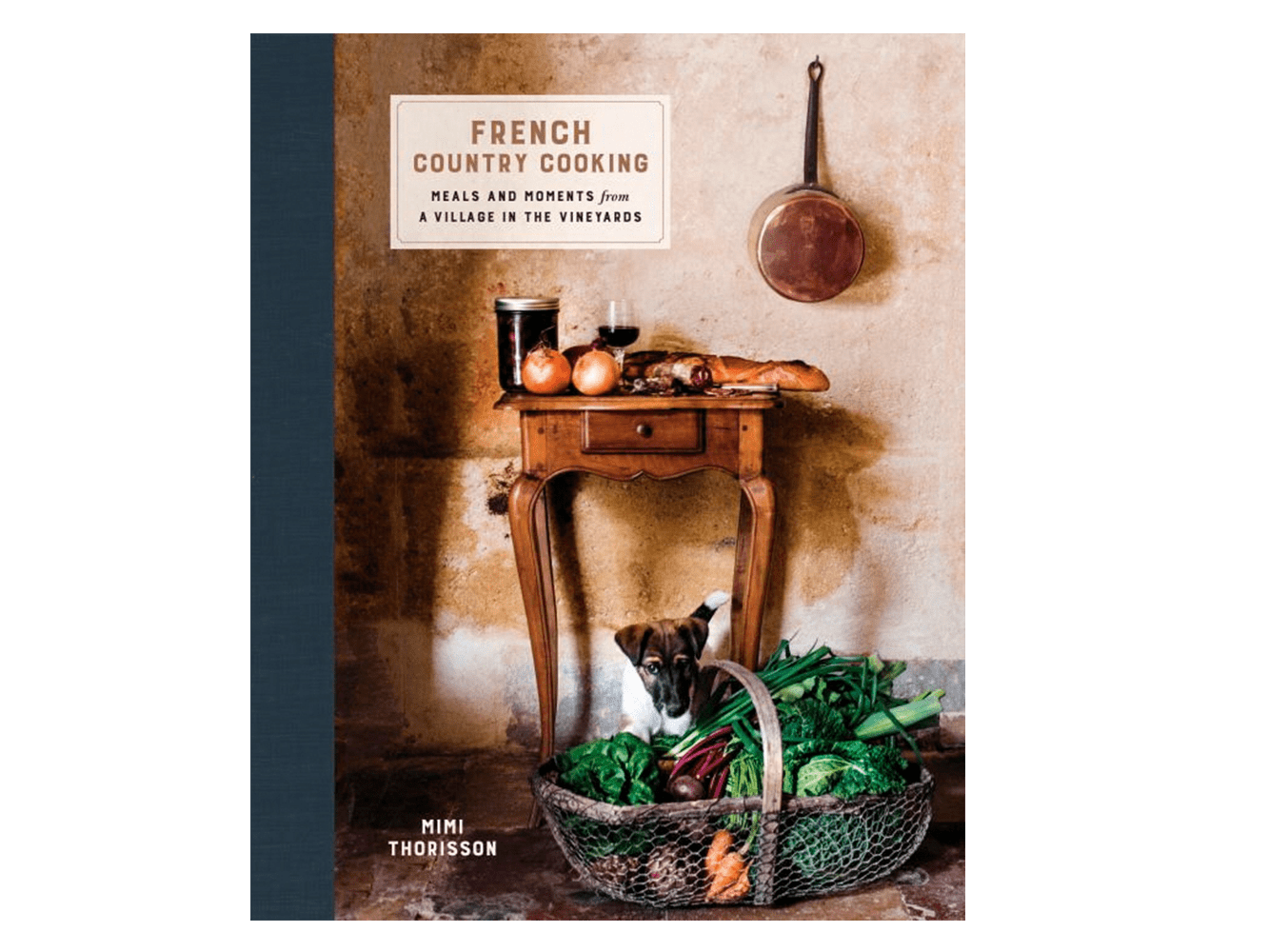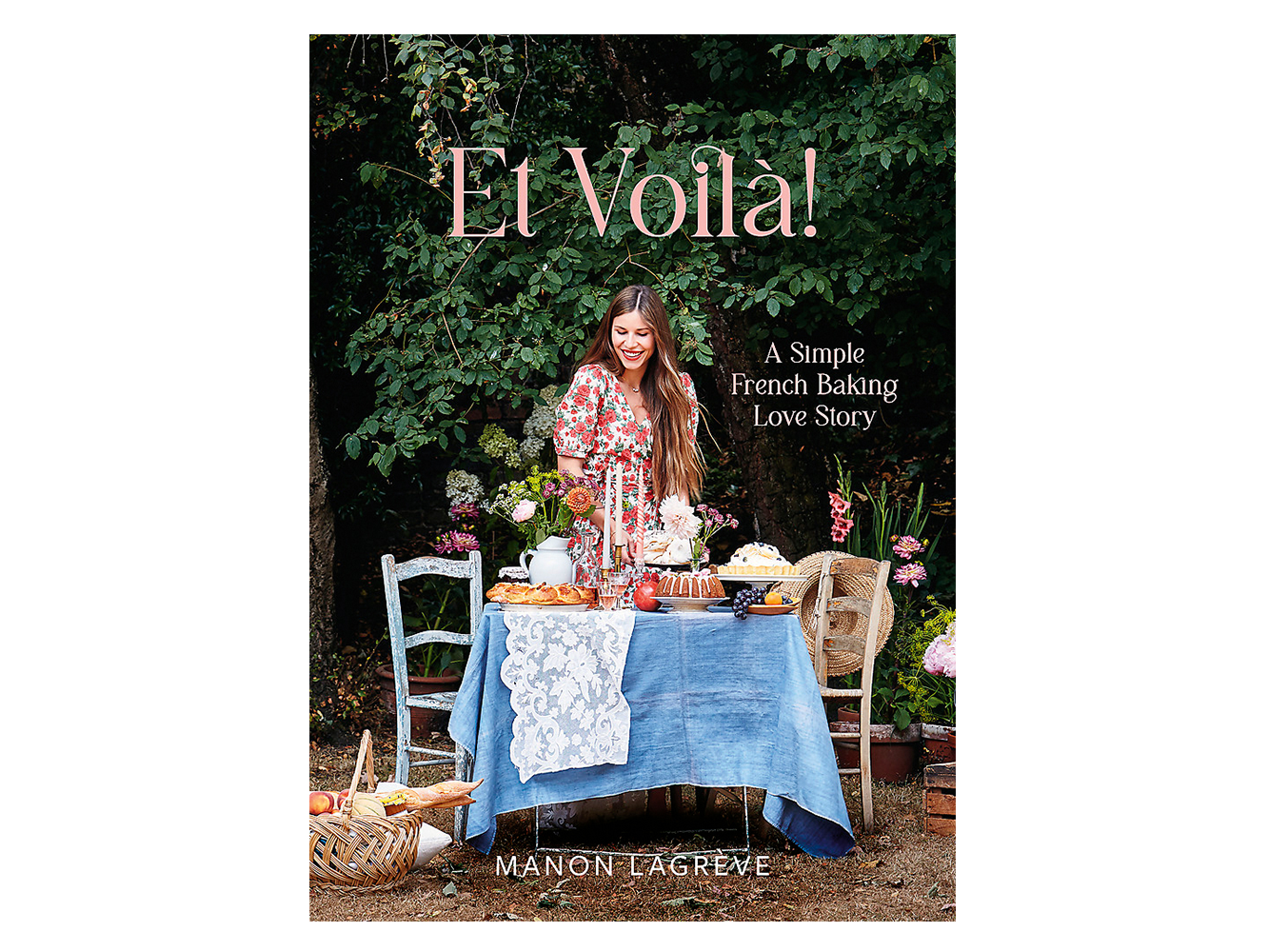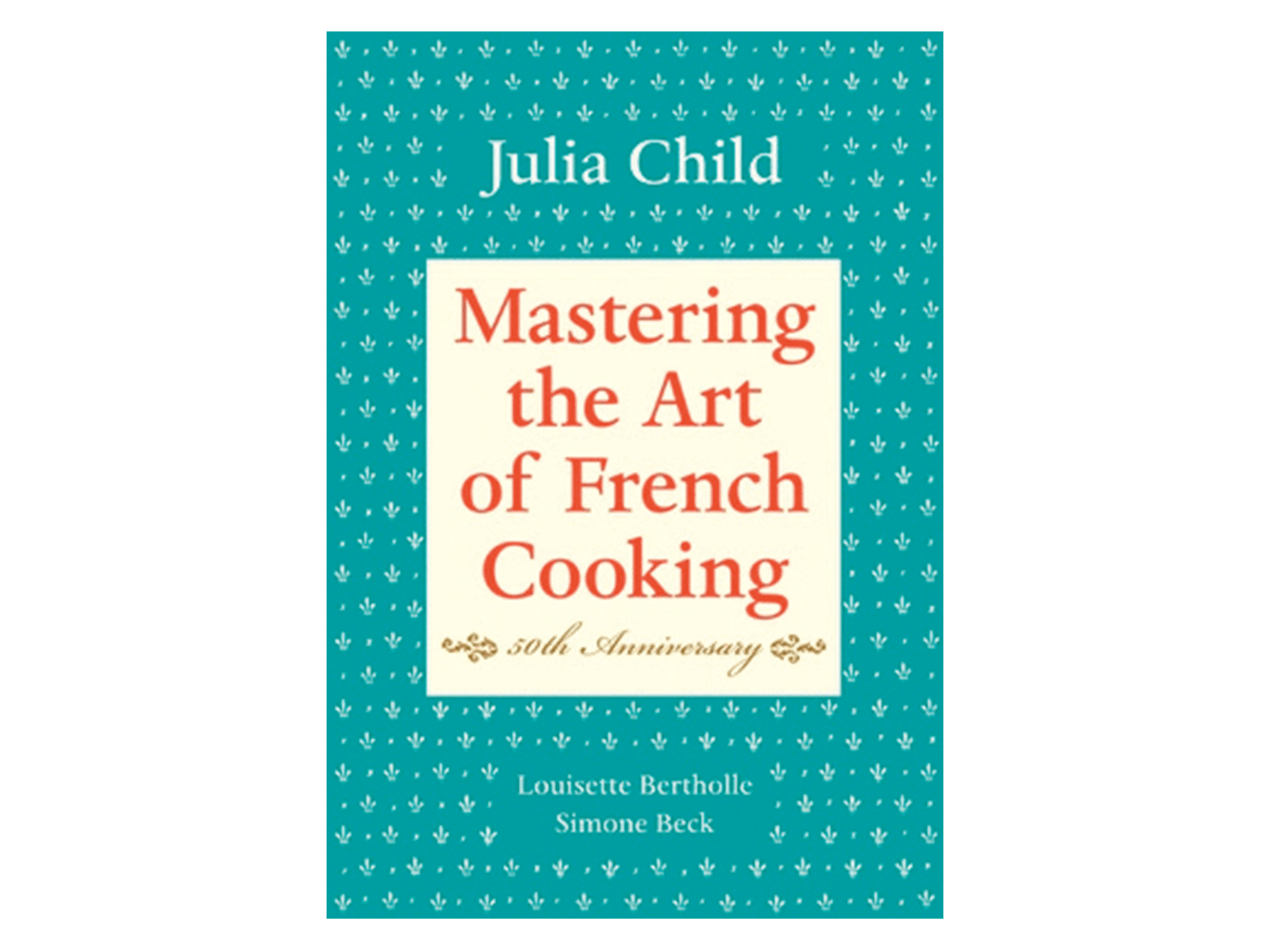My introduction to Lebanese pastries came on Melbourne’s Sydney Road where vast silver trays of nut-stuffed and honey-soaked baked goods stacked shop windows. This book (and the author’s excellent book Bayrūt) show what a mere glimpse of Lebanese food that was. In Bayrūt, Hisham Assaad explored the full range of the food of Beirut from the poignant personal viewpoint of a descendant of Palestinian refugees forced into exile in a refugee camp in Lebanon. In Taboon he zeroes in on the baked goods of the region – bread, pies, sweets, cakes and cookies. There’s a picture right at the start of the book of perfectly puffed little pillows of dough baking in a brick-lined wood oven – I want to snatch one out right there, rip it in half and breathe in the hot yeastiness. While acknowledging the troubled past and present of the area Hisham concludes, “Bring our food to life. Keep our stories alive. And one day we will be all together around a table and can celebrate our cultures.” And you’ll want to cook these pages to life as they’re stuffed with goodness such as sfeeha Baalbekiye (open-topped beef and red pepper pies), manouche flatbread oozy with cheese and lamb confit, ginger doughnuts in fig-leaf syrup and and the intriguing mshabbak (sweet lavender fritters dunked in a beetroot and lavender glaze). Harking back to my Melbourne days, baklava is here in myriad guises that I’ve never seen before: there are crown-shaped baklava made of kataifi vermicelli nests, the hollows piled with pistachios, and a Basque cheesecake with a baklava base. As an editor I always read the acknowledgement pages: this one made me cry. TRACY WHITMEY

